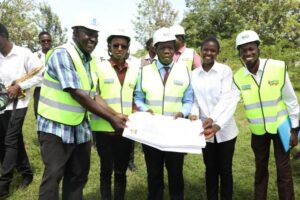
MMUST Hosts Eye Tracking Workshop Aimed to Advance Autism and Neurodevelopmental Research in Kenya
Masinde Muliro University of Science and Technology (MMUST) on 10th June 2025 conducted an Eye tracking workshop, a collaborative research initiative aimed at advancing autism diagnosis and neurodevelopmental research in the region. The project titled ‘The Alama Project: Autism Outcomes and Neurobehavioral Markers in Young Children Born to Mothers with HIV in Kenya,’ is steered by the Principal investigators; Prof. Brandon Keehn and Prof. Rebecca McNally from Indiana State University-USA in collaboration with Dr. Edward Okaya (MMUST) as the Co- Principal Investigator. The workshop held at the Golf Hotel- Kakamega, focused on the use of eye tracking technology, a non-invasive method that studies behavioral and cognitive markers of autism in young children.
This marks the first workshop under the Alama Project, which seeks to evaluate autism-related and neurobehavioral outcomes in children born to mothers living with HIV. The central goal of the project is to build long-term research capacity in autism and neuro-health in Kenya. The project is jointly implemented by MMUST, Moi University, Moi Teaching and Referral Hospital (MTRH), and AMPATH, with support from U.S partners at Indiana State University and Purdue University.
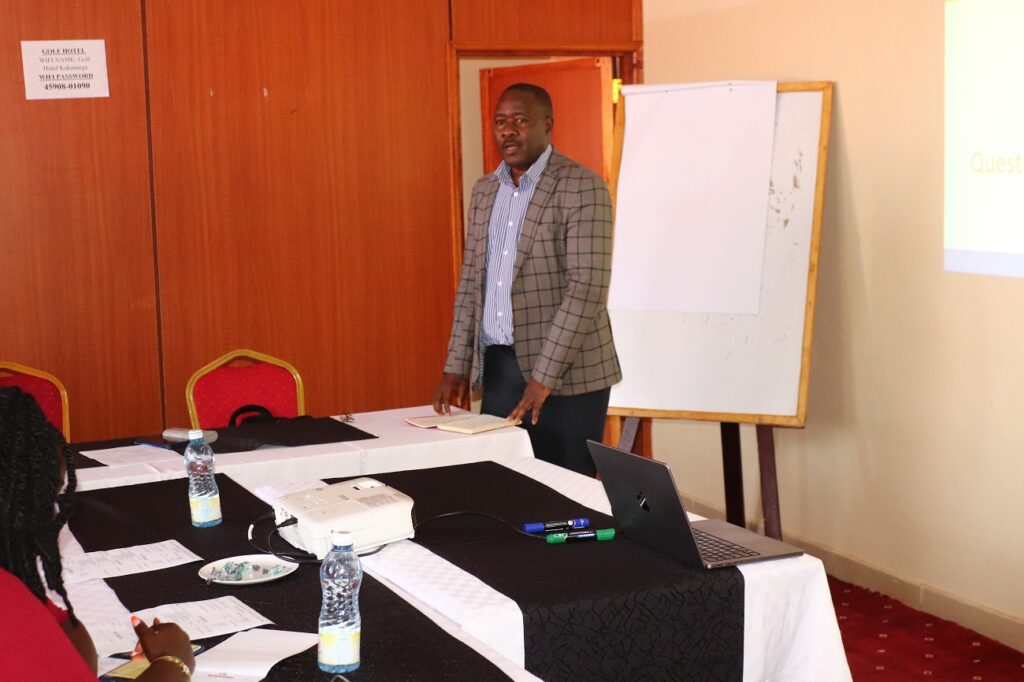
Prof. Stanley Omuterema addresses participants during the workshop.
Speaking during the workshop, Prof. Stanley Omuterema, who was representing the Deputy Vice Chancellor (Planning, Research and Innovation) emphasized the importance of investing in innovative technologies and interdisciplinary collaboration in addressing Autism disorders. He further thanked the project partners saying that this collaboration exemplifies the power of global academic partnerships in driving local impact.
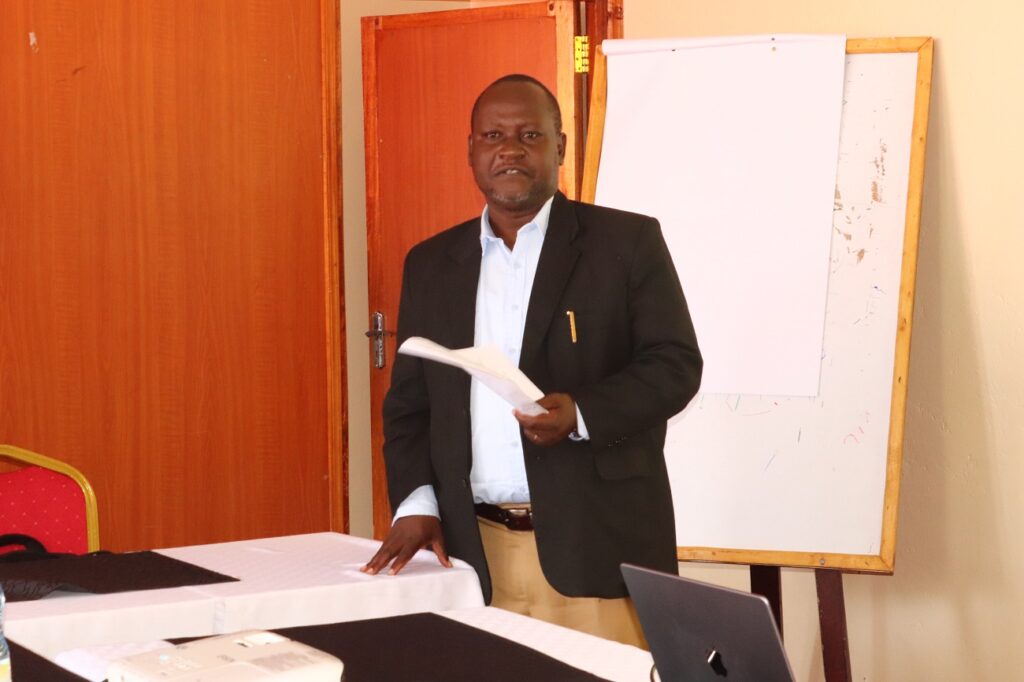
The Dean, School of Education-Prof. Moses Poipoi speaks at the workshop.
The Dean, School of Education-Prof. Moses Poipoi hailed the workshop as a timely initiative that bridges the gap between research and practice in special needs education. “It provides educators and researchers with practical tools that can be directly applied to improve learning outcomes for learners with autism and other neurodevelopmental disorders,” said Prof. Poipoi.
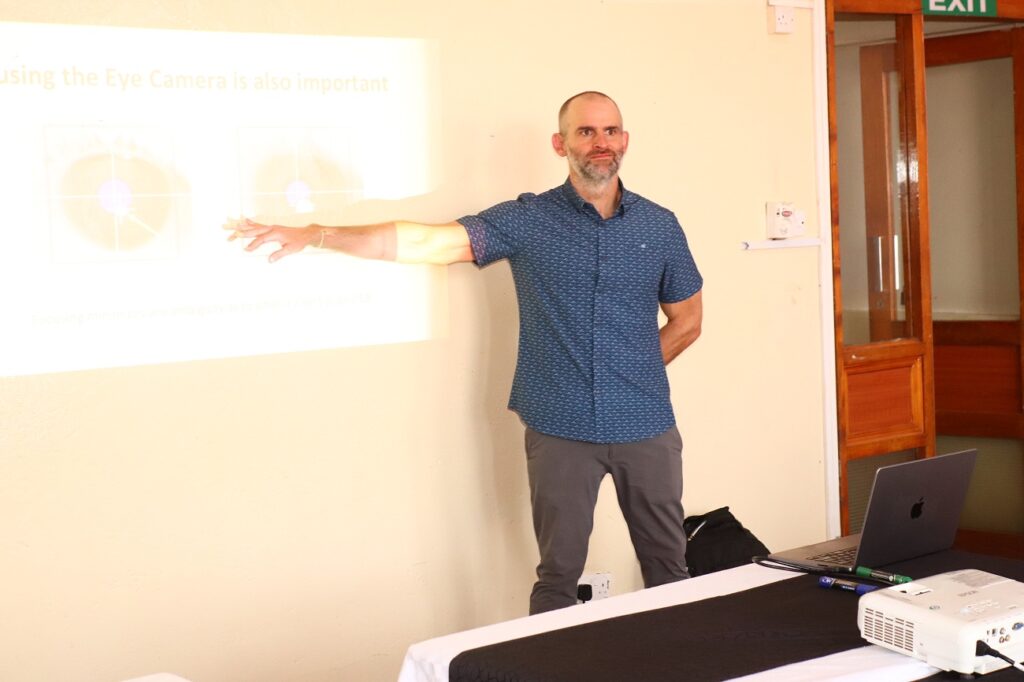
Prof. Brandon Keehn makes a presentation at the workshop.
One of the key highlights of the workshop was a session led by Prof. Keehn, who took participants through a detailed presentation on ‘How Eye Tracking Works.’ Prof. Keehn explained the fundamentals of eye-tracking technology, including how it records eye movements and how it determines where and how long a person looks at various stimuli. “By analyzing gaze patterns, we can identify early markers of autism and other neurodevelopmental disorders, allowing for earlier and more tailored interventions,” explained Prof. Keehn.
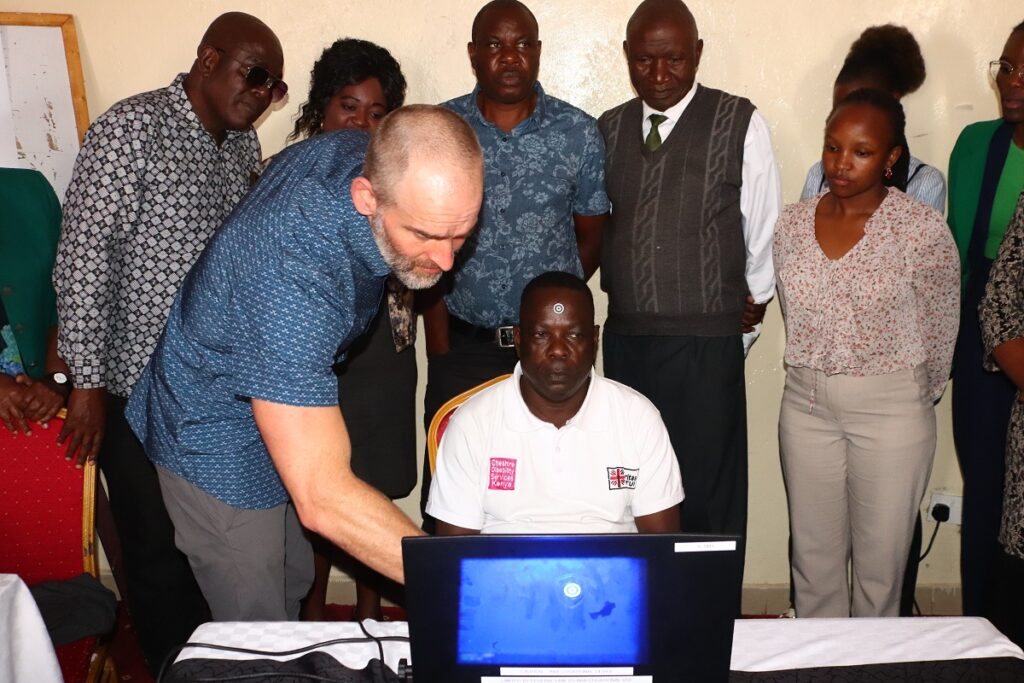
Prof. Brandon Keehn demonstrates the calibration process to participants.
He also pointed out that successful calibration is essential for capturing high-quality data, especially when working with children with neurodevelopmental disorders, who may have difficulty maintaining attention. The participants had the opportunity to observe and participate in live calibration exercises to better understand the technical aspects of the technology.
The project Co-Principal Investigator Dr. Edward Okaya at the workshop.
Similarly, Dr. Okaya who is also the Chairperson of the Department of Educational Psychology noted that the project has the potential to transform both academic research and clinical practice in the region. “This is a key step in creating a national framework for autism research and care. Through Alama project, we hope to develop tools, knowledge, and talent that will last for generations,” he said.
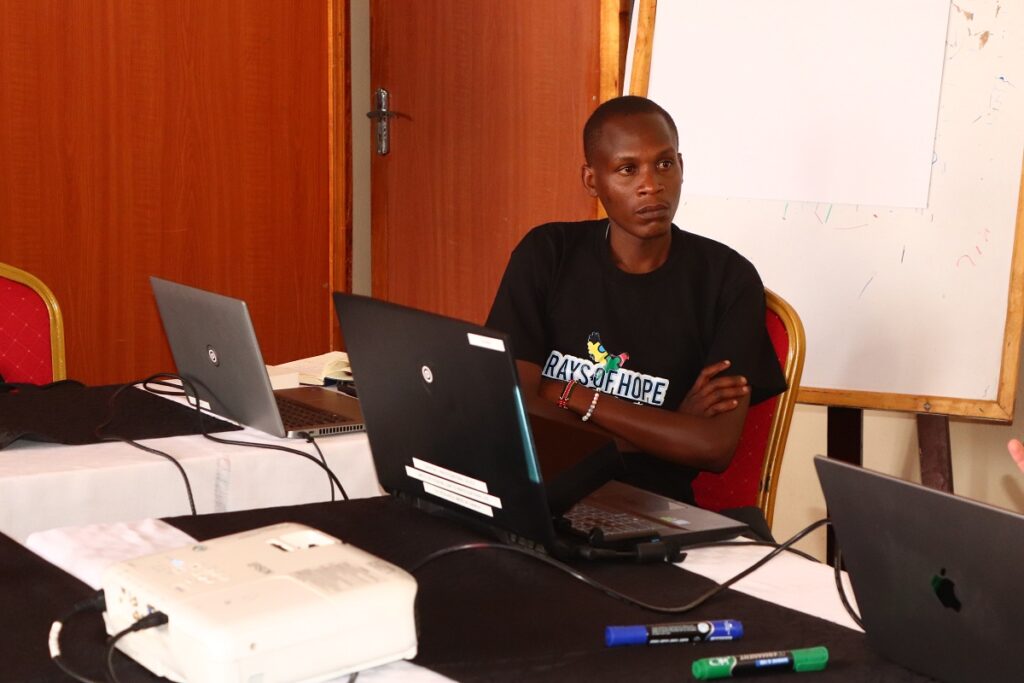
Mr. Mark Nyalumbe from AMPATH keenly follows the workshop presentations.
The highly impactful workshop brought together researchers, medical professionals, and students to learn and apply eye tracking techniques in a real-world research setting. Providing a demo on the eye tracking technology, Mr. Mark Nyalumbe from AMPATH highlighted valuable insights into the potential of eye-tracking technology in transforming autism and neurodevelopmental research in Kenya. “This technology is especially useful in understanding the unique cognitive and social behaviors of individuals with autism, which can lead to earlier diagnosis and more personalized interventions,” he said.

A section of the workshop participants.
This workshop marks a significant step towards leveraging cutting-edge technology in understanding and supporting individuals with autism and related conditions.
By Linet Owuor
Photos by Ronny Obuolo



